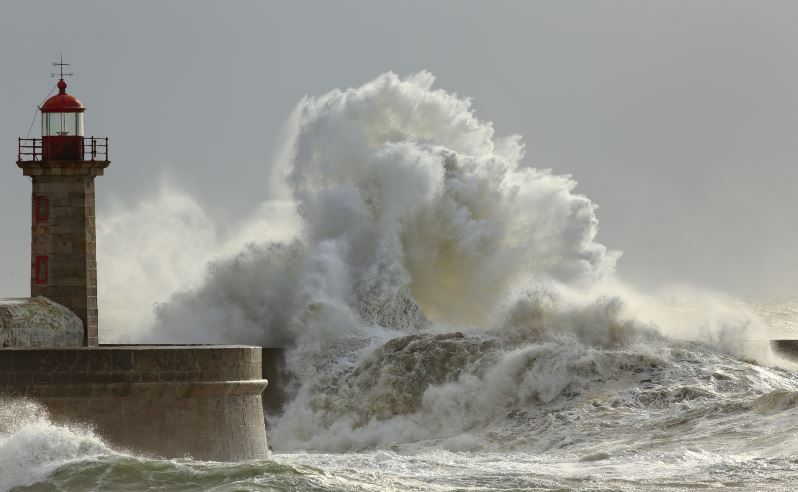Worsening weather conditions are leaving homes and commercial properties damaged throughout the country as they’re hit by hurricanes, torrential wind and rain, and tornadoes. Even the sturdiest structures are being put to the test. With the potential for dangerous conditions increasing and the rising cost of building materials and labor, policyholders need the proper insurance to help them weather the storm.
While high deductible policies typically result in lower monthly premiums, they can leave policyholders responsible for paying higher out-of-pocket costs to help them rebuild and recover property damages. This is true for policyholders in coastal, hurricane-prone areas. When disaster strikes, supplemental insurance policies, such as wind deductible buy backs and monoline wind can help protect insureds.
The Impact of Changing Weather and Market Conditions
As unpredictable weather patterns increase, many insurers are focused on rebalancing their portfolios to stay afloat. They’re reducing their capacity in loss-stricken areas, raising deductibles and premiums, and changing underwriting guidelines to offset the hardening market. Most risks located in wind-prone regions have separate wind deductibles on their insurance policies. In some extremely high-risk areas, wind coverage may even be excluded. Policyholders may seek out separate wind buyback or monoline wind-only coverage to supplement their primary policies. Where requirements for insurance deductibles have increased, wind deductible buy back coverage provides insureds with a layer of protection and reduces the financial burden resulting from a loss.
Wind deductible buyback coverage allows the insured to buy down from the high percentage deductible on their primary insurance policy to a desired limit with which they are more comfortable. In coastal areas, wind deductibles typically range from one to five percent of the property value. By purchasing a separate wind-only policy, an insured can cover a percentage of their deductible thereby reducing their out-of-pocket expenses at time of loss.
Consider an insured who owns a $1,000,000 secondary home on the beach. Her homeowner policy has a 5% wind deductible, which amounts to $50,000. By purchasing a separate wind buyback policy, she can lower the deductible from 5% to 2%, or from $50,000 to $20,000. The cost of a separate deductible buyback varies, depending on proximity to coast, year built, type of construction, occupancy, wind mitigation measures, etc. In areas of the United States that experience frequent severe weather, these supplemental policies ensure peace of mind.
The Benefits of Wind Deductible Buy Backs
The most significant benefit of wind buyback and/or buy down policies are that they help policyholders avoid high out-of-pocket costs after experiencing a wind claim. Additionally, if property owners face restriction caps on their loans and mortgages, lenders may require them to reduce their deductible before granting them loans. Having a buy back deductible can help policyholders meet those loan requirements.
Consider Quaker for Your Clients’ Wind Deductible Buy Back Needs
Leaving properties exposed to high deductibles is a risky business. Quaker Special Risk offers wind coverage solutions to help your clients weather the storm. Our wind deductible buy back program is designed to reduce deductibles to a more manageable dollar amount or to meet lender requirements.
Our team of experts can write Primary & Excess Wind coverage for residential and commercial structures subject to conditions, construction type, and loss history. Contact us today to find the best option to help keep their out-of-pocket costs low in the event of costly wind damage. Let us blow you away with our awesome service!




